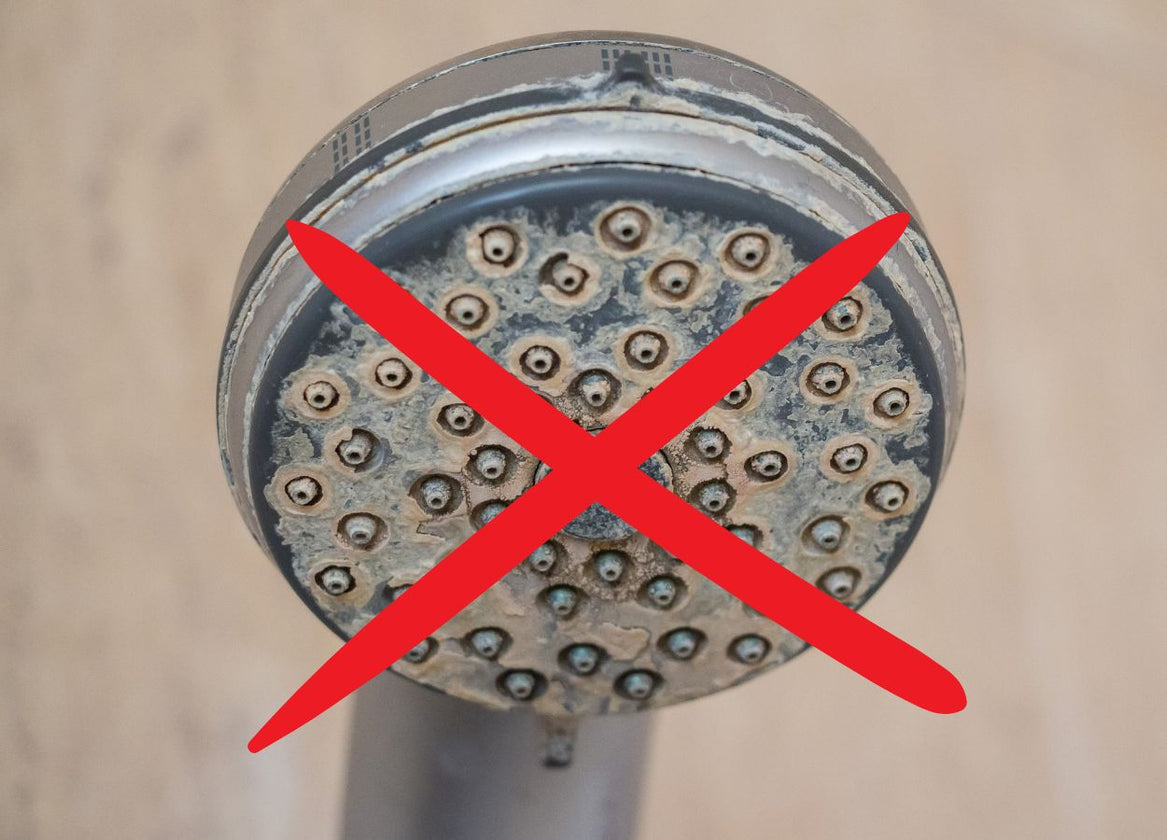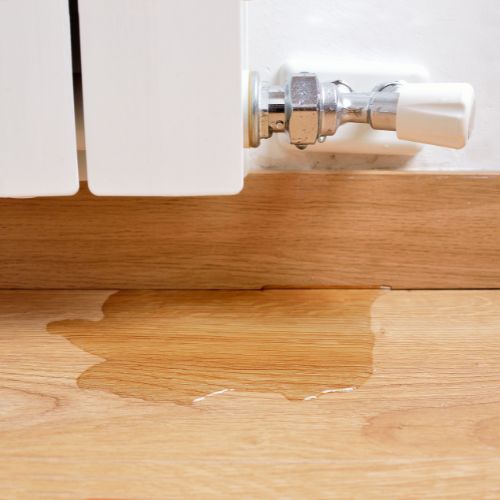Water Softener Resin Replacement

Enhance Your Water Softener's Performance with Resin Replacement
To keep your home's water supply consistently soft, it is essential to keep your water softener in good working order. For the ion exchange process to work in water softener resin replacement beads are essential. The small beads draw in and trap minerals like calcium and magnesium, which are found in hard water, and then they release soft water. It may be necessary to replace these resin beads after a certain amount of time because they can get depleted and are less effective.
Maintaining a steady supply of soft water requires an efficient resin. When resin beads are in top shape, they effectively filter out hardness ions, protecting your pipes, appliances, and water heater from the harm that hard water may do.
It could be a sign that the resin beads in your water softener are about to expire if you see a decrease in the water's softness. The signs of hard water, such as diminished soap lathering and scale development on taps, may become more noticeable.
When resin beads are depleted, they can release contaminants into the water, which can cause it to become cloudy or discolored. Be sure to inspect the resin's condition and think about replacing it if necessary if you notice any changes in the water's look. Make sure your water softener is unplugged and switched off before you begin replacing it. This guarantees that the process will be safe.
To get rid of any leftover water, drain the tank of the water softener. To keep the work area clean and avoid water spills while replacing the resin, this is an essential step. Take care when removing the control valve to reach the resin tank. Parts may need to be unscrewed or unlatched to accomplish this. To prevent harm, be careful and follow the instructions provided by the manufacturer.
Using an appropriate tool, carefully remove the old resin beads from the tank. Be cautious not to break anything within the tank or its components while you do this. Get rid of any dirt or leftover resin by giving the resin tank a good cleaning. You can get the most out of your new resin beads by keeping the tank clean.
Make sure the fresh resin beads are equally dispersed before pouring them into the tank. To get the right amount of resin for your water softener, be sure to follow the manufacturer's instructions. Reattaching the control valve to the tank will allow you to reassemble the water softener system after adding the replacement resin. Verify each connection to make sure it seals properly.
Start the regeneration cycle by turning on the water softener. The resin beads are prepared to resume the ion exchange process after this procedure.
Putting new resin into your water softener is like giving your system a new lease on life. Enjoy the benefits of effectively softened water while defending your house from the harm that hard water can cause.
Maintaining a steady supply of soft water requires an efficient resin. When resin beads are in top shape, they effectively filter out hardness ions, protecting your pipes, appliances, and water heater from the harm that hard water may do.
It could be a sign that the resin beads in your water softener are about to expire if you see a decrease in the water's softness. The signs of hard water, such as diminished soap lathering and scale development on taps, may become more noticeable.
When resin beads are depleted, they can release contaminants into the water, which can cause it to become cloudy or discolored. Be sure to inspect the resin's condition and think about replacing it if necessary if you notice any changes in the water's look. Make sure your water softener is unplugged and switched off before you begin replacing it. This guarantees that the process will be safe.
To get rid of any leftover water, drain the tank of the water softener. To keep the work area clean and avoid water spills while replacing the resin, this is an essential step. Take care when removing the control valve to reach the resin tank. Parts may need to be unscrewed or unlatched to accomplish this. To prevent harm, be careful and follow the instructions provided by the manufacturer.
Using an appropriate tool, carefully remove the old resin beads from the tank. Be cautious not to break anything within the tank or its components while you do this. Get rid of any dirt or leftover resin by giving the resin tank a good cleaning. You can get the most out of your new resin beads by keeping the tank clean.
Make sure the fresh resin beads are equally dispersed before pouring them into the tank. To get the right amount of resin for your water softener, be sure to follow the manufacturer's instructions. Reattaching the control valve to the tank will allow you to reassemble the water softener system after adding the replacement resin. Verify each connection to make sure it seals properly.
Start the regeneration cycle by turning on the water softener. The resin beads are prepared to resume the ion exchange process after this procedure.
Putting new resin into your water softener is like giving your system a new lease on life. Enjoy the benefits of effectively softened water while defending your house from the harm that hard water can cause.


